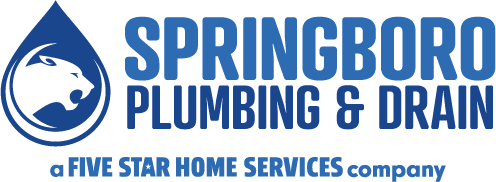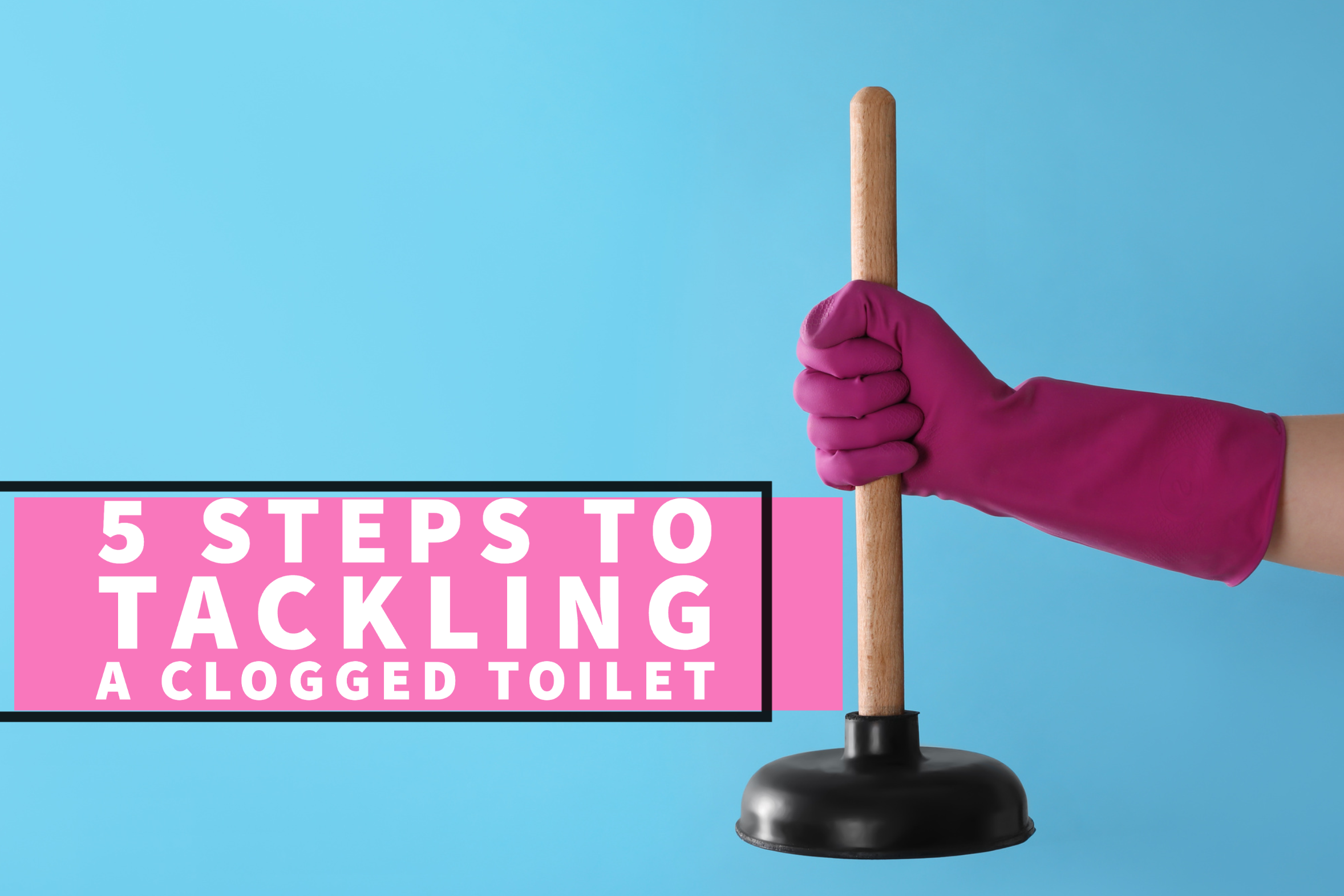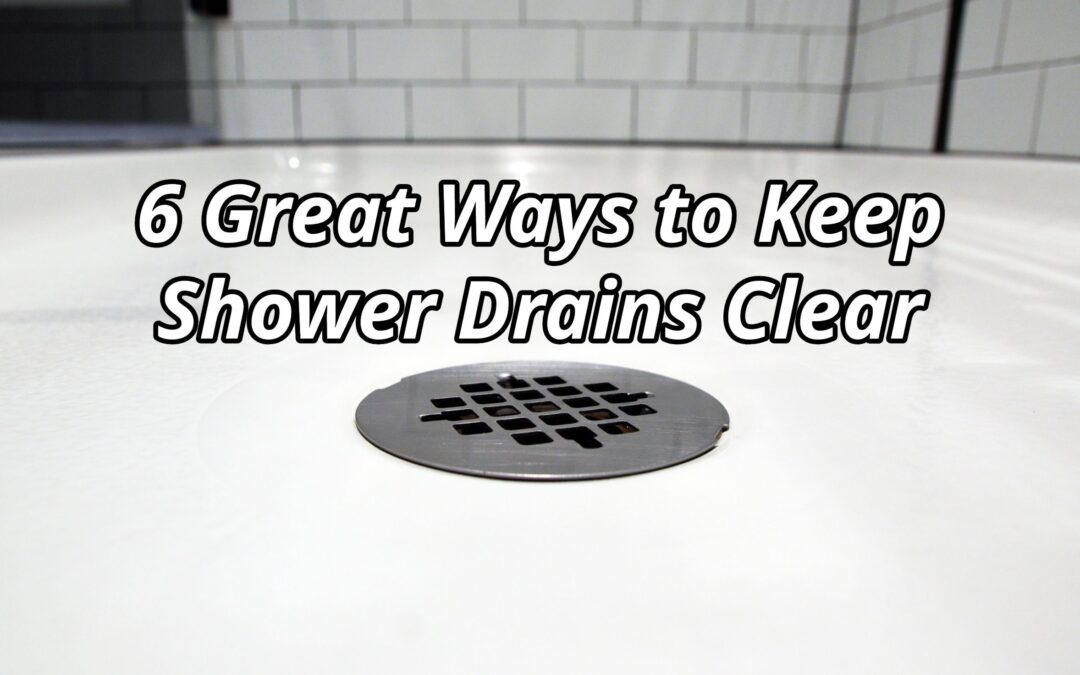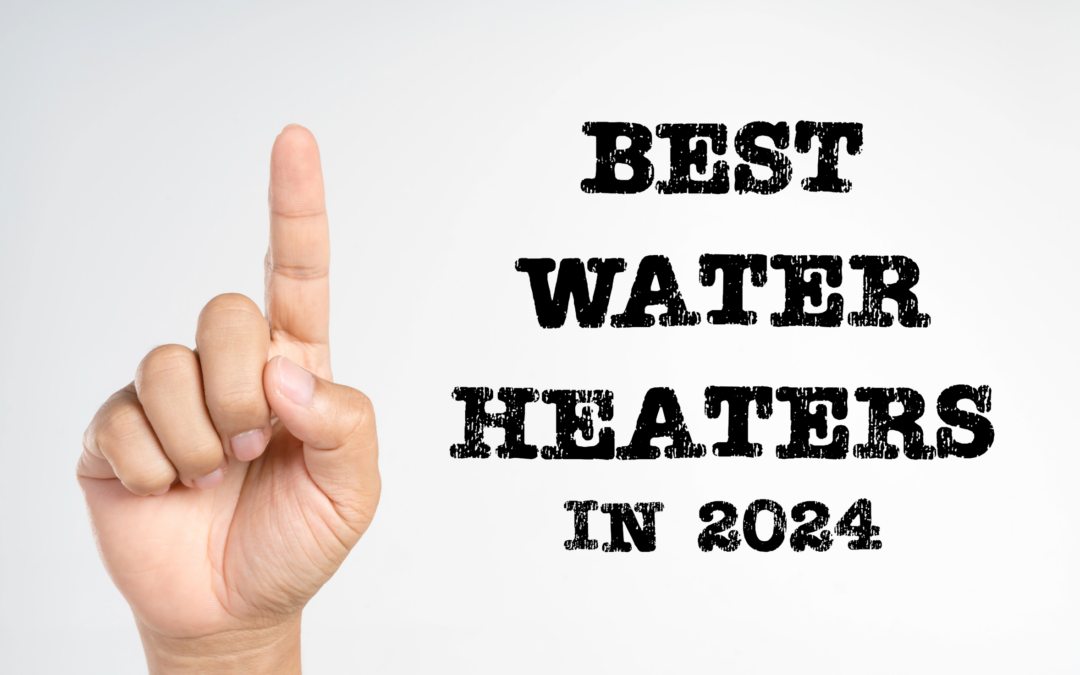Most of us have all been in a situation where we have finished using the toilet and then flushed it, only to be disappointed with an undrained toilet and rising water flow. What should you do in this scenario? Unfortunately, there’s not much you can do at this point. Rather than panicking, take a step back and try to remain calm. The only thing you can do is deal with the aftermath accordingly and follow these tips and tricks from Springboro Plumbing & Drain to make handling this undesirable process a little more straightforward.
1. Look for the Toilet’s Water Valve to Shut It Off-
To shut off the water supply to your toilet, find the football-shaped valve in the back of the toilet and turn it clockwise. This is the toilet’s main water supply, so by turning the water to the toilet off at its source, you are turning off its ability to continually direct more water into the toilet bowl. Just keep in mind that you do not want to flush the toilet again until the issue is fixed entirely; otherwise, it will cause more problems.
2. Look for the Flapper in the Tank and Double Check It-
As an extra way of ensuring the water is sealed off, after turning off the toilet’s water supply, open the tank in the back and locate the rubber circle covering the tank drain. It should be connected to a metal lever or chain attached to the flush handle. You can gently push the rubber seal downward.
3. Look for the Float Cup (or Float Ball) and Secure It-
Another way to really make sure you have stopped the tank from filling with water is to find the float cup (or float ball) inside the toilet tank. Its purpose is to regulate the water level in the tank. You can also stop the water flow by preventing the float from moving. Remember, this is only an additional step to ensure everything is properly secured.
4. Look Over the Affected Areas and Assess the Cleanup Situation-
Congratulations on stopping the water flow! Now it’s time to move on to the next step – clean up! We know, we know! This doesn’t sound too exciting. Nevertheless, it needs to be done. So, you will need to start by dealing with the overflown area first – the toilet bowl. This needs to be addressed before everything else so no more spills or splashes are made after cleaning everything and to ensure it is ready to use once the clog is addressed.
First off, if there is waste or debris in the overflow, be cautious when cleaning it up. Safety and hygiene should be prioritized. So, it’s always best to wear gloves if available. Carefully pick up any solids and waste and dispose of them in a garbage bag. (Remember to take the trash out as soon as possible.) You can also scan the floor to make sure no solids are left on the floor. After all solids and waste is removed, grab a bucket or container to scoop the excess water from the toilet bowl and pour it into a nearby bathtub or sink. Once everything looks like it is at a normal water level again, you can move on to the next step.
Now onto the floors – water damage is a real thing! Therefore, taking care of the floors as soon as possible is imperative. With everything else out of the way, you will want to go straight to cleaning up the excess water off the floor. A helpful suggestion is to use a wet vacuum if you have one. You may use whatever available materials you have on hand, like old towels, rags, or a mop, especially if you have hard floors. However, if the spill has affected your carpeted area, you can lay towels flat on the wet area and place a heavy object on top to soak up the water. Just make sure you give the towels enough time to really soak up the water from the carpet. Once your floors water free again, you will want to give them a good scrubbing accordingly. But don’t forget about all the other areas in your bathroom as well. Any places that the toilet water touched will need to be appropriately disinfected as well. (I.e., the base of the toilet, bathtub, baseboards, base of the counter and cabinets, and trashcan.)
5. Look in the Toilet and Tackle That Clog-
Most of the work is done, but we still need to clear the clog in the toilet. After all, you don’t want this to happen all over again. So, grab your plunger and put it over the drain in the toilet bowl. Ensure that the plunger is covered in water, then use the plunging motion to neutralize the clog. At this point, your toilet should now drain properly, but if it doesn’t, there may be a larger issue at play. In this case, this is a good sign to call a professional plumber. However, if your toilet is indeed working once again – yay! You championed your way through it – great job! Make sure you turn the water valve back on and readjust everything back into its original place before wrapping up.
Need a plumber? Call Springboro Plumbing & Drain today at (937) 912-1338 or schedule an appointment online now by clicking here! You can count on us for all your plumbing needs.







